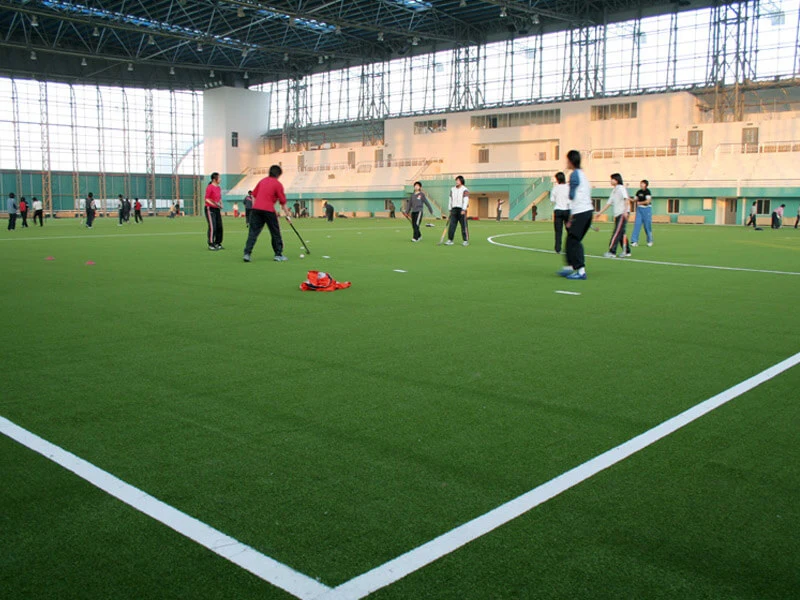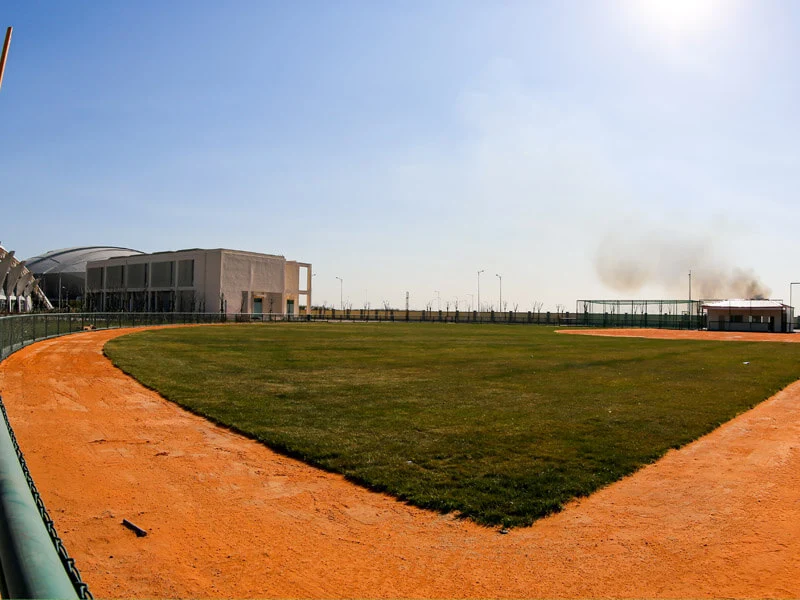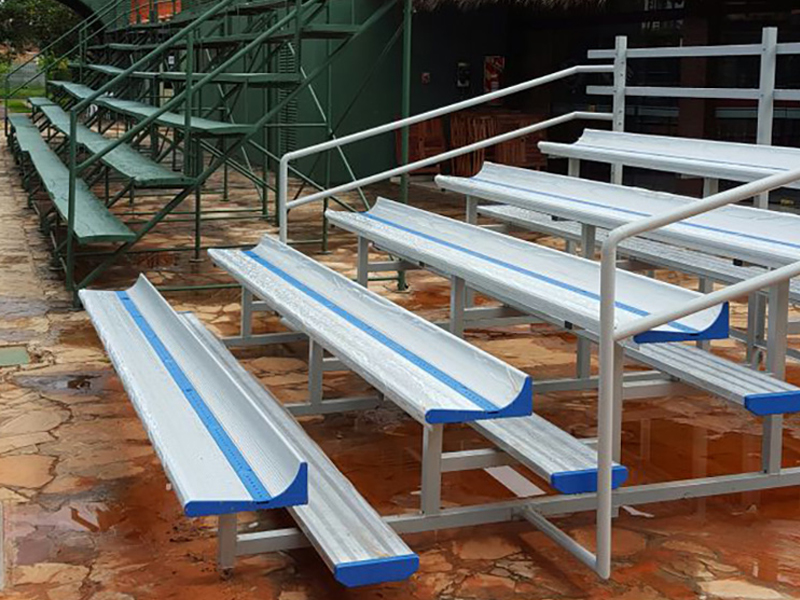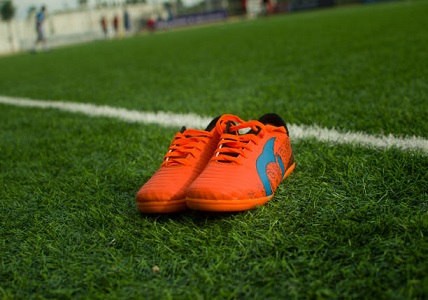
In the dynamic arenas of large stadiums, the artistic sanctuaries of theaters, and the bustling exhibitions of convention centers, fixed bleacher seating is not only a crucial component for accommodating thousands of spectators but also the foundation for ensuring each attendee enjoys the best possible viewing experience. As these public venues host increasingly frequent events with growing audiences, the safety of fixed bleacher seating has become a focal point of concern. This article delves into various aspects—from design, structure, and materials to installation and inspection—to explore how fixed bleacher seating builds a solid safety standard to protect every spectator.
The design of fixed spectator seating primarily adheres to ergonomic principles, aiming to provide optimal comfort for spectators during extended periods of sitting. The seat height and tilt angle are scientifically calculated to ensure that spectators maintain a natural sitting posture, reducing fatigue. The width of the seat and the design of the armrests balance personal space with stability, allowing each spectator to enjoy an unobstructed view and ample room for movement. Such design enhancements not only improve the viewing experience but also form the first barrier of safety standards.
Structural stability is the core of the safety of fixed bleacher seating. The seat supports, connectors, and fastening methods undergo rigorous testing to ensure they can bear the weight of spectators and withstand various impact forces. These components must meet mechanical performance requirements for load-bearing, impact resistance, vibration, deformation prevention, and durability. This robust structural design creates a safe and reliable viewing environment for spectators, remaining steadfast even during moments of crowd movement.
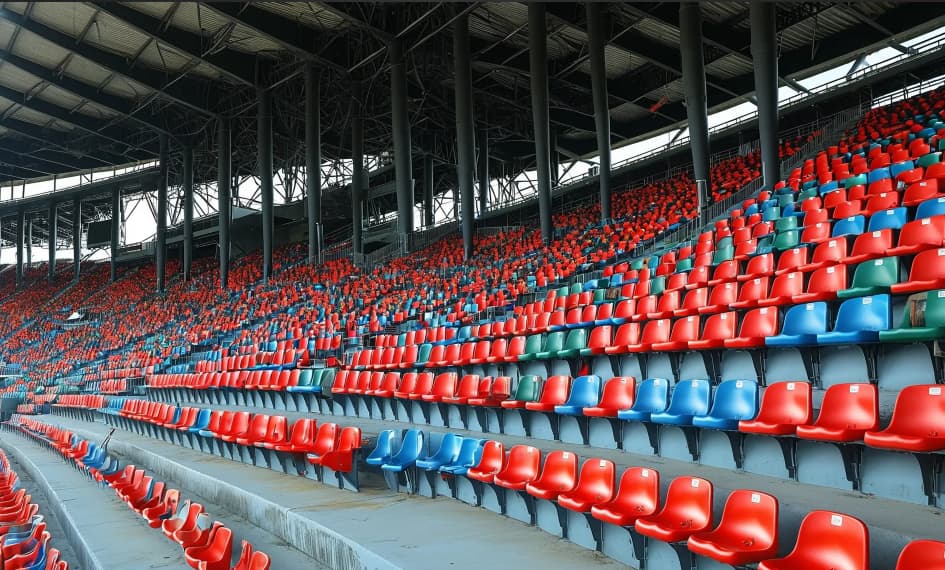
Most professional stadium seat manufacturers prioritize environmental protection and safety in the materials they use for fixed bleacher seating. Materials with fire-resistant, corrosion-resistant, and mildew-resistant properties are selected not only to extend the lifespan of the seating but also to effectively prevent the spread of fire in emergencies, safeguarding the lives of spectators. Additionally, these materials feature smooth surfaces, reducing the risk of accidental injuries, and providing a safe and comfortable seating environment.
The installation process is a critical factor in ensuring the safety of fixed bleacher seating. The seats must be installed on level, solid ground to ensure the surface's load-bearing capacity is up to standard. Secure and reliable fastening methods prevent seats from wobbling or detaching, and safety features such as guardrails and handrails are added to further enhance spectators' sense of security. Precise construction and strict quality control make each seat a steadfast guardian of spectator safety.
Regular inspection and maintenance are essential to ensure that fixed bleacher seating continuously meets safety standards. Professional inspection agencies should conduct comprehensive evaluations of the seating's load-bearing capacity, stability, fire resistance, and wear resistance to promptly identify and eliminate safety hazards. Seats that fail to meet standards must be repaired or replaced immediately to ensure each seat provides safe and reliable support for spectators.
In conclusion, as a vital component of public venues, the construction and safeguarding of safety standards for fixed bleacher seating are key to ensuring spectator safety. Through strict control and continuous optimization in design, structure, materials, installation, and inspection, we can create a safer, more comfortable, and enjoyable viewing environment for spectators. May each gathering be filled with laughter and peace of mind, as we collectively witness every exciting moment.
